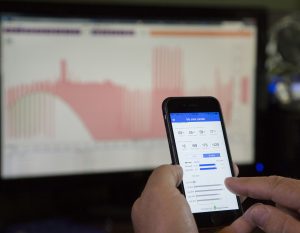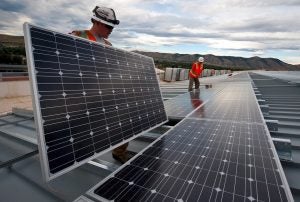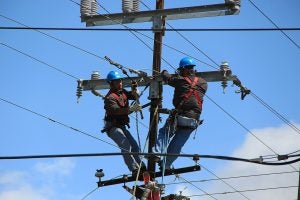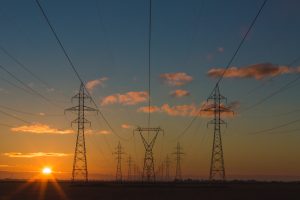 Andrew Barbeau, senior clean energy consultant for EDF, contributed to this post.
Andrew Barbeau, senior clean energy consultant for EDF, contributed to this post.
“Efficiency is good.” That’s the mantra, a known truth, shared by both business executives and environmentalists, who eliminate waste to increase profits and reduce pollution.
When it comes to electricity, efficiency also has proven effective. Whereas power consumption a few decades ago was rising annually at more than 7 percent, the introduction of inexpensive and efficient lightbulbs, refrigerators, and smart heating and cooling has recently led to slight declines in energy consumption, even as the economy boomed and population increased.
Efficiency may be good and effective, but it is inherently hard to calculate. How do you prove the negative? Virtually every state has wrestled with the same questions of how and why electricity use didn’t happen. States with energy efficiency standards – requirements for local utilities to incentivize customers to reduce their energy use year after year – want to know if the investments are cost-effective. With new approaches to calculating energy efficiency, Illinois is tackling that question head on. Read More
 The U.S. electric grid is old and frayed, yet innovative technologies – modern sensors, smart meters, and advanced telecommunications – offer hope to update it to become more modern, efficient, and clean. What all these smart-grid tools have in common is data. How we utilize the enormous quantities of information about how we move and use electricity will have major impacts on markets, customers, the environment, and our future electricity system.
The U.S. electric grid is old and frayed, yet innovative technologies – modern sensors, smart meters, and advanced telecommunications – offer hope to update it to become more modern, efficient, and clean. What all these smart-grid tools have in common is data. How we utilize the enormous quantities of information about how we move and use electricity will have major impacts on markets, customers, the environment, and our future electricity system. Last week, the U.S. inaugurated a new president who has
Last week, the U.S. inaugurated a new president who has  A new set of leaders today entered the White House. As they consider measures to enhance roads and bridges, they also should focus on America’s electricity infrastructure. By focusing on investment, efficiency, and markets as their policy foundation, the U.S. will have a world-class electricity system that will advance our economy into the 21st century.
A new set of leaders today entered the White House. As they consider measures to enhance roads and bridges, they also should focus on America’s electricity infrastructure. By focusing on investment, efficiency, and markets as their policy foundation, the U.S. will have a world-class electricity system that will advance our economy into the 21st century. Market forces and technology are increasingly making old, dirty power plants uneconomic, which creates an opportunity for clean energy progress and cleaner air. However, outdated rules and entrenched interests can complicate the path to a healthier energy economy, as evidenced by a new settlement in Ohio.
Market forces and technology are increasingly making old, dirty power plants uneconomic, which creates an opportunity for clean energy progress and cleaner air. However, outdated rules and entrenched interests can complicate the path to a healthier energy economy, as evidenced by a new settlement in Ohio.